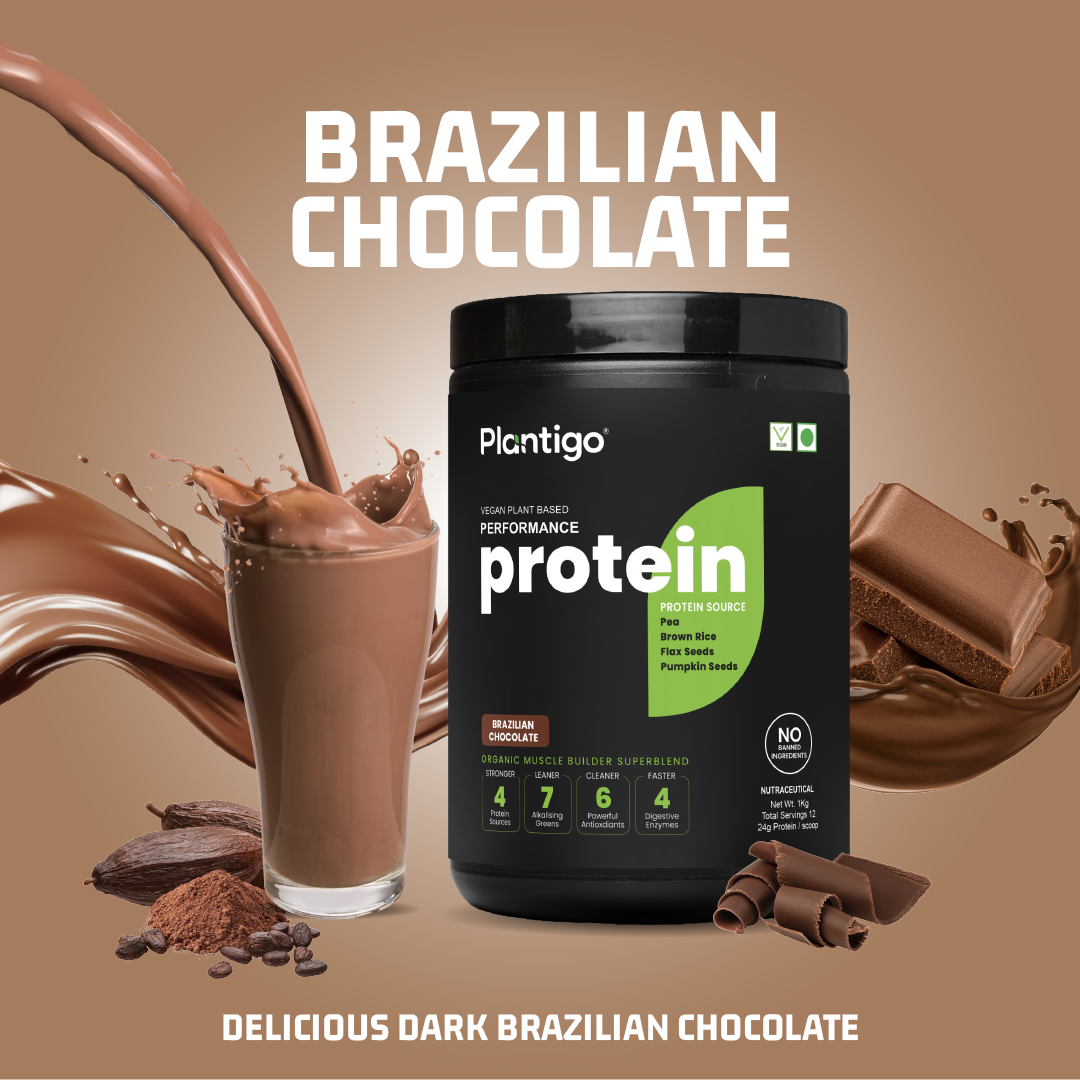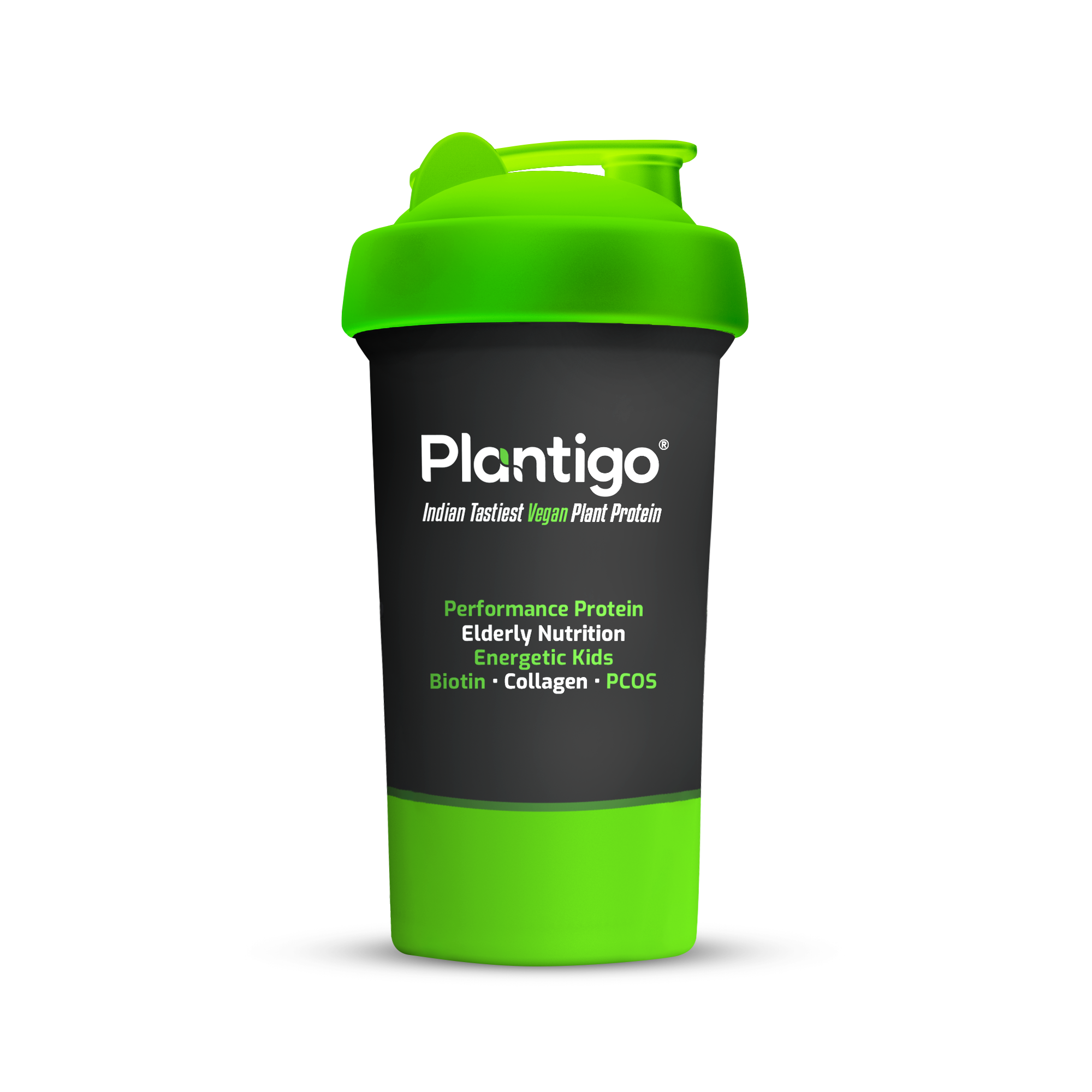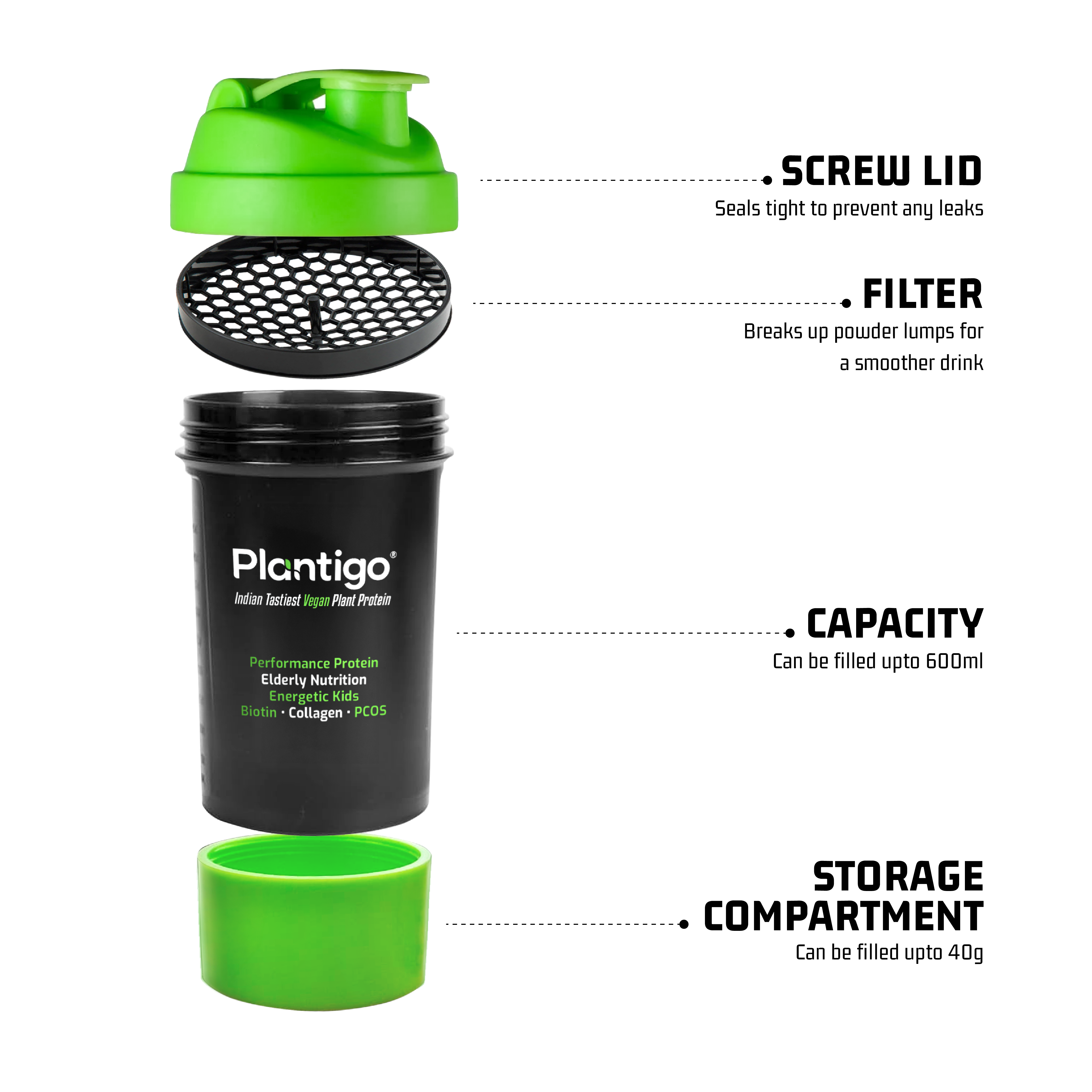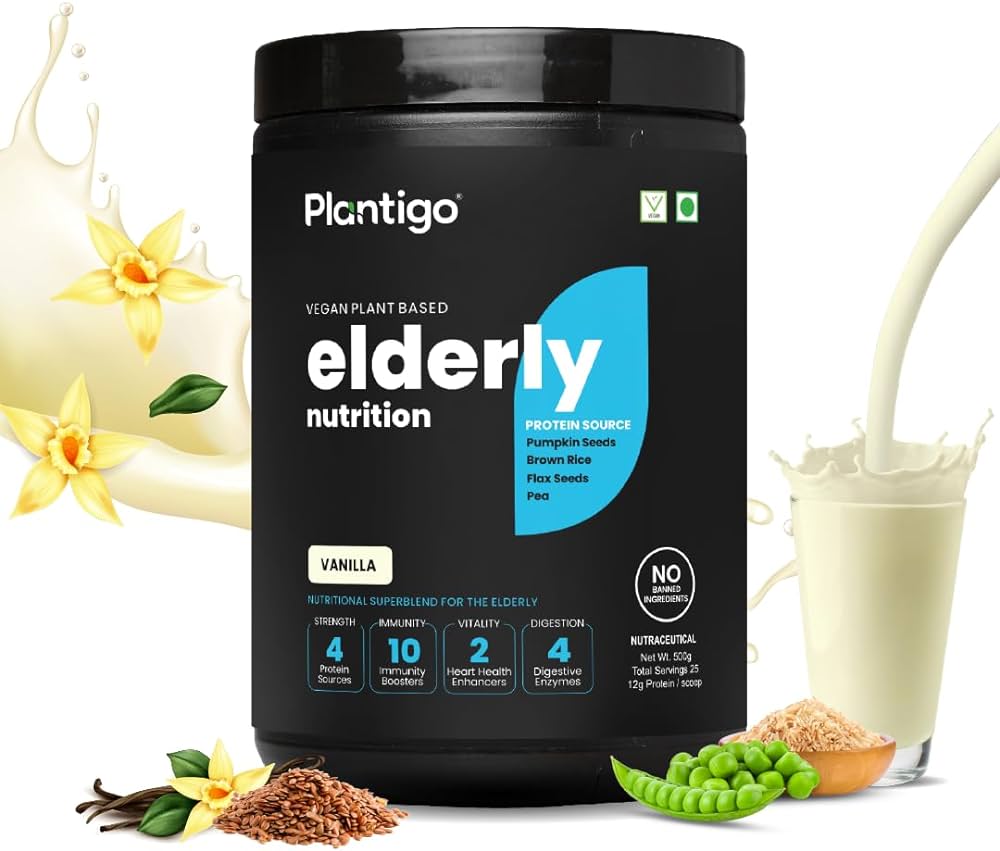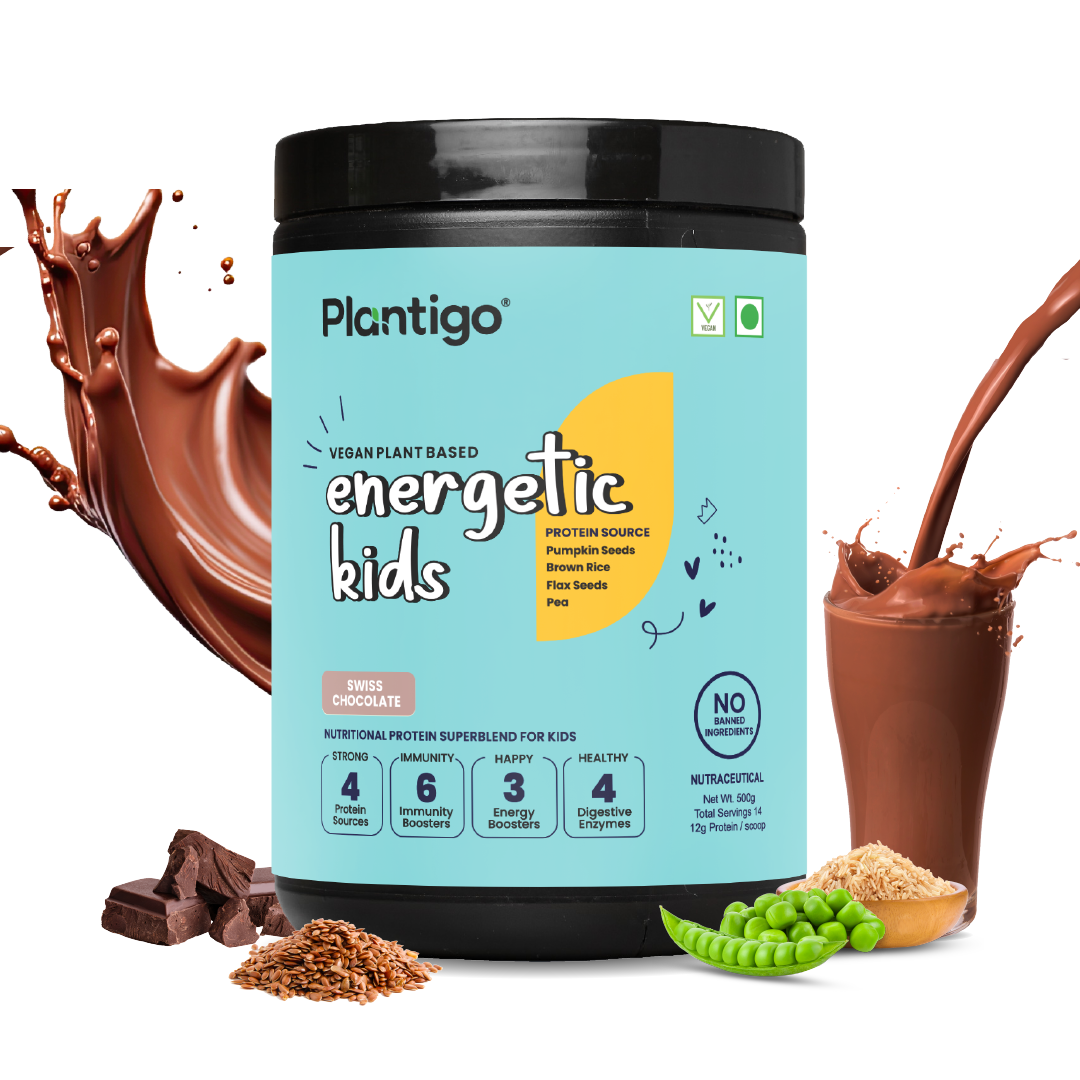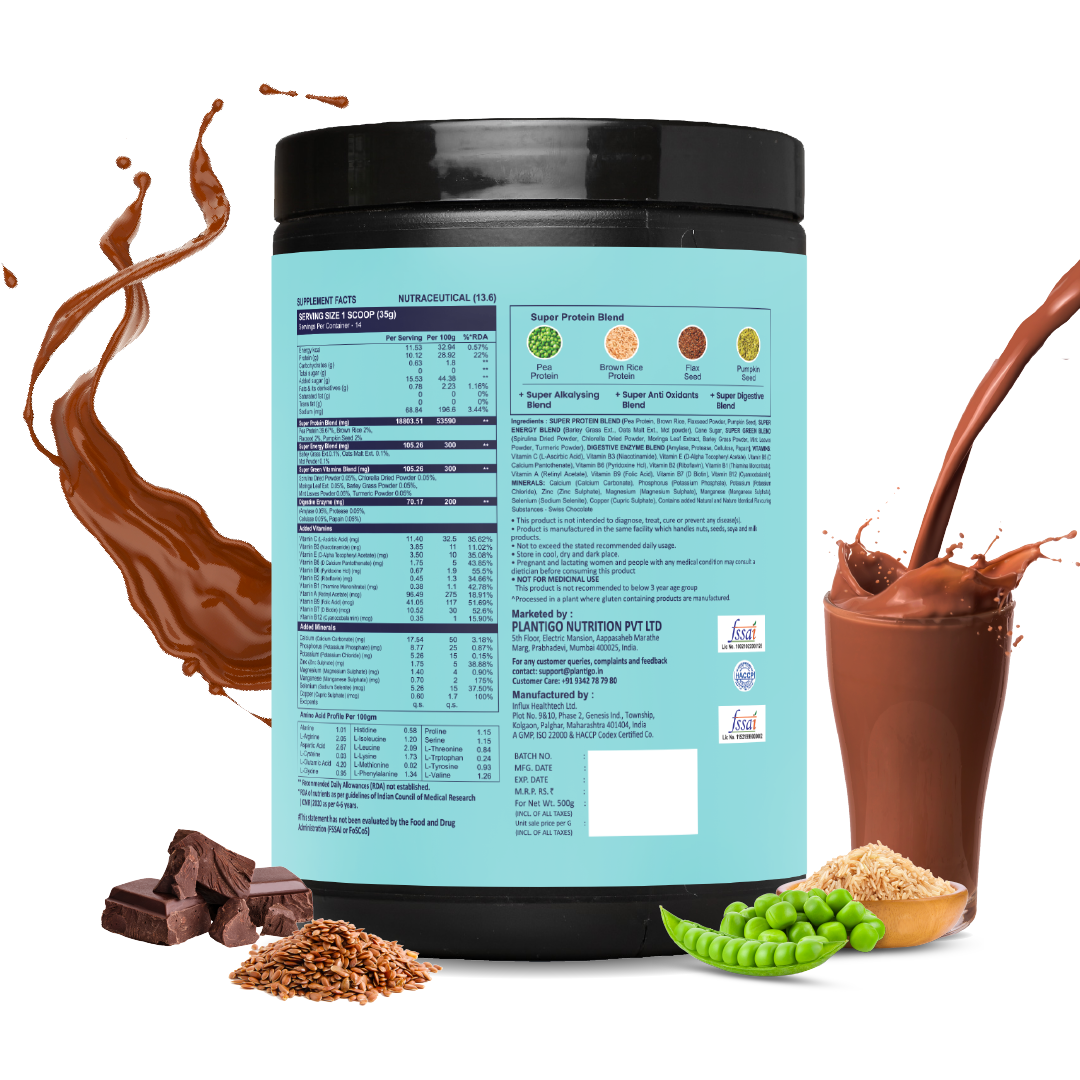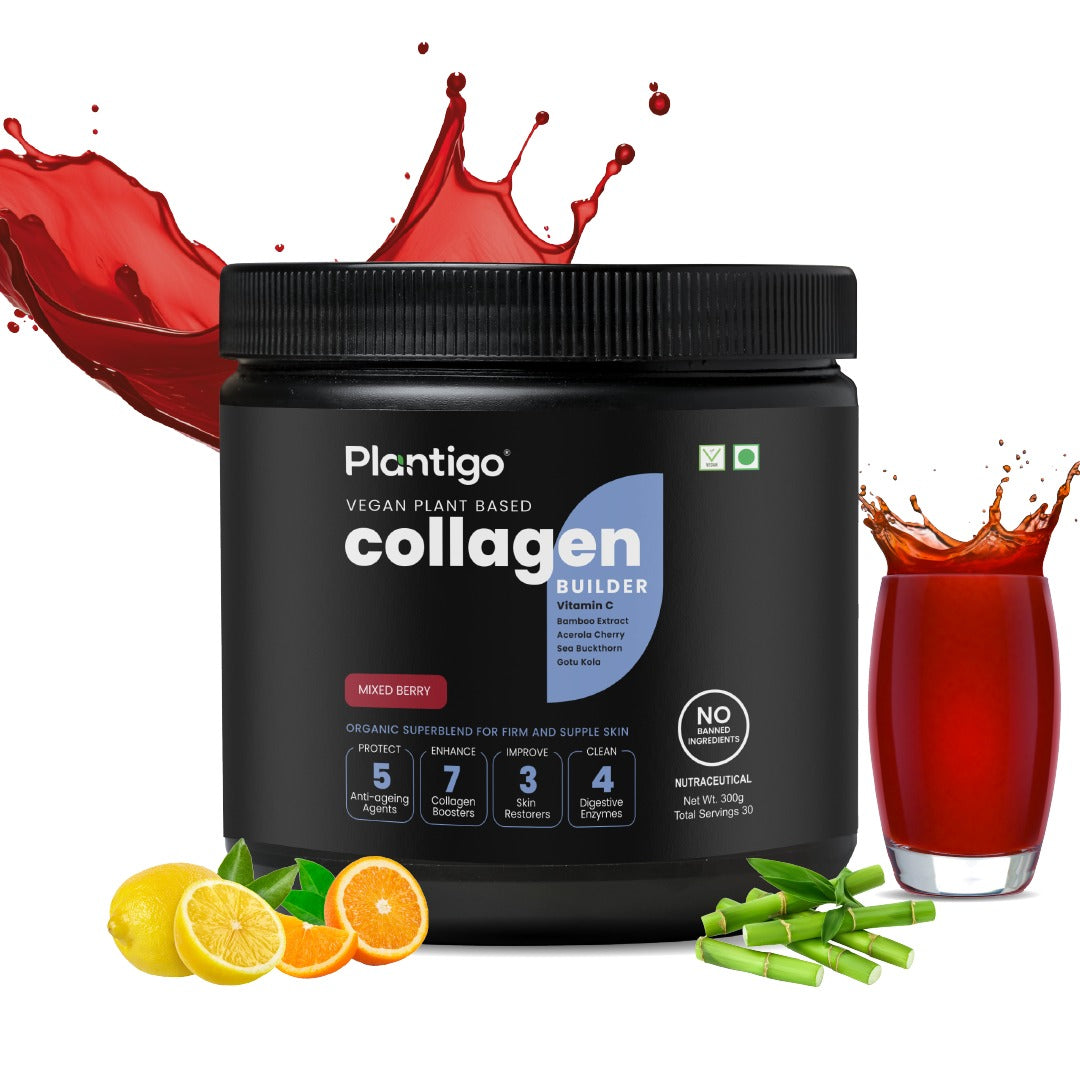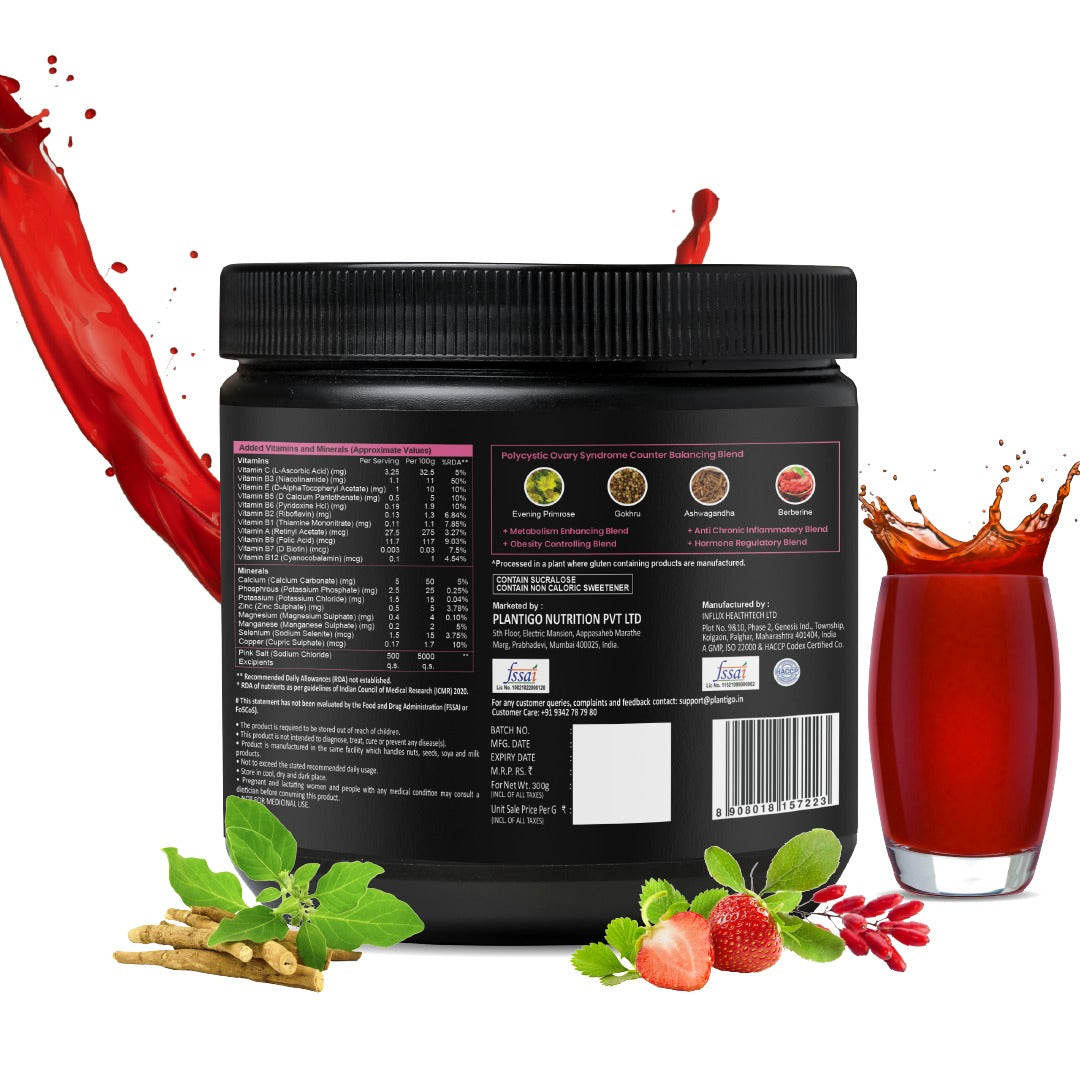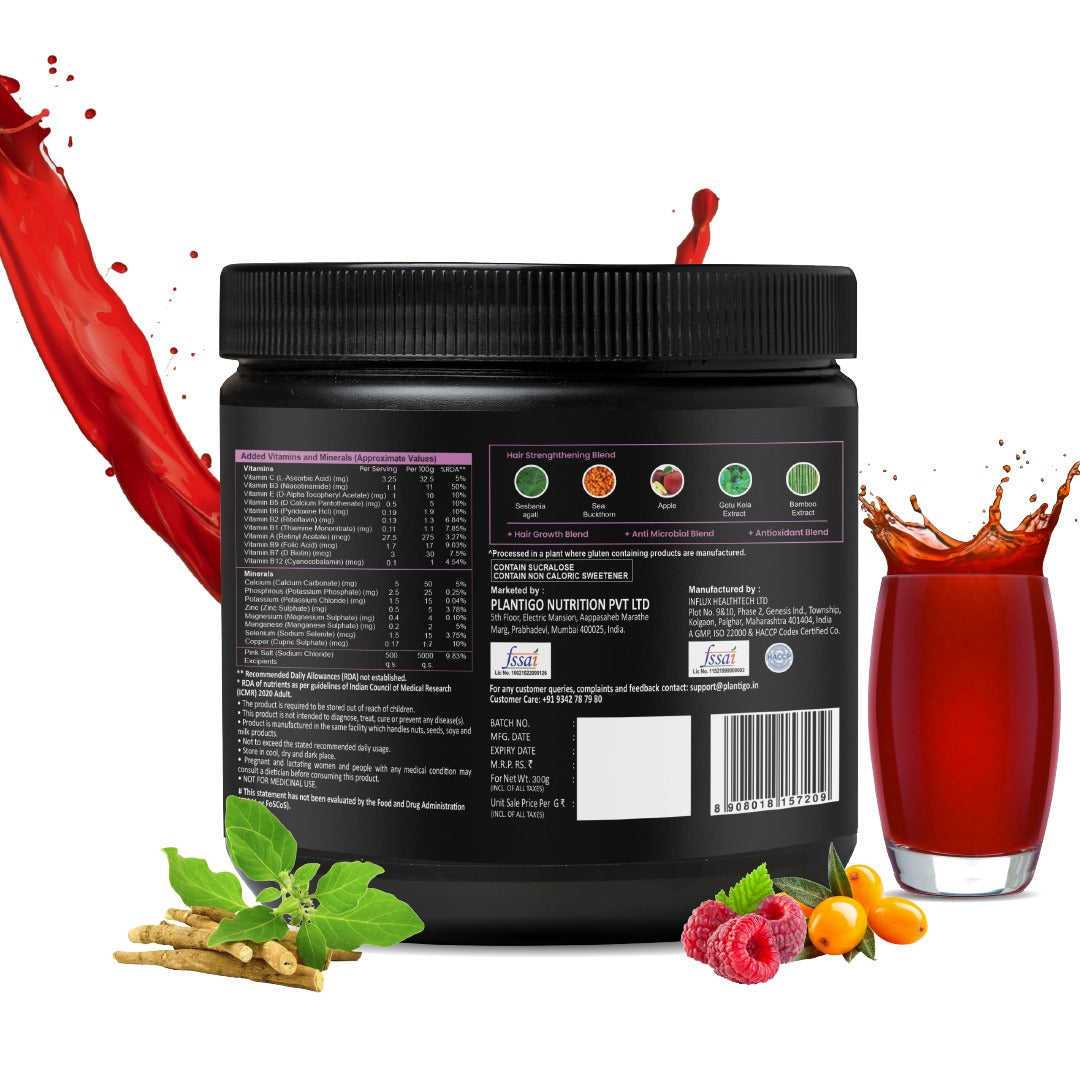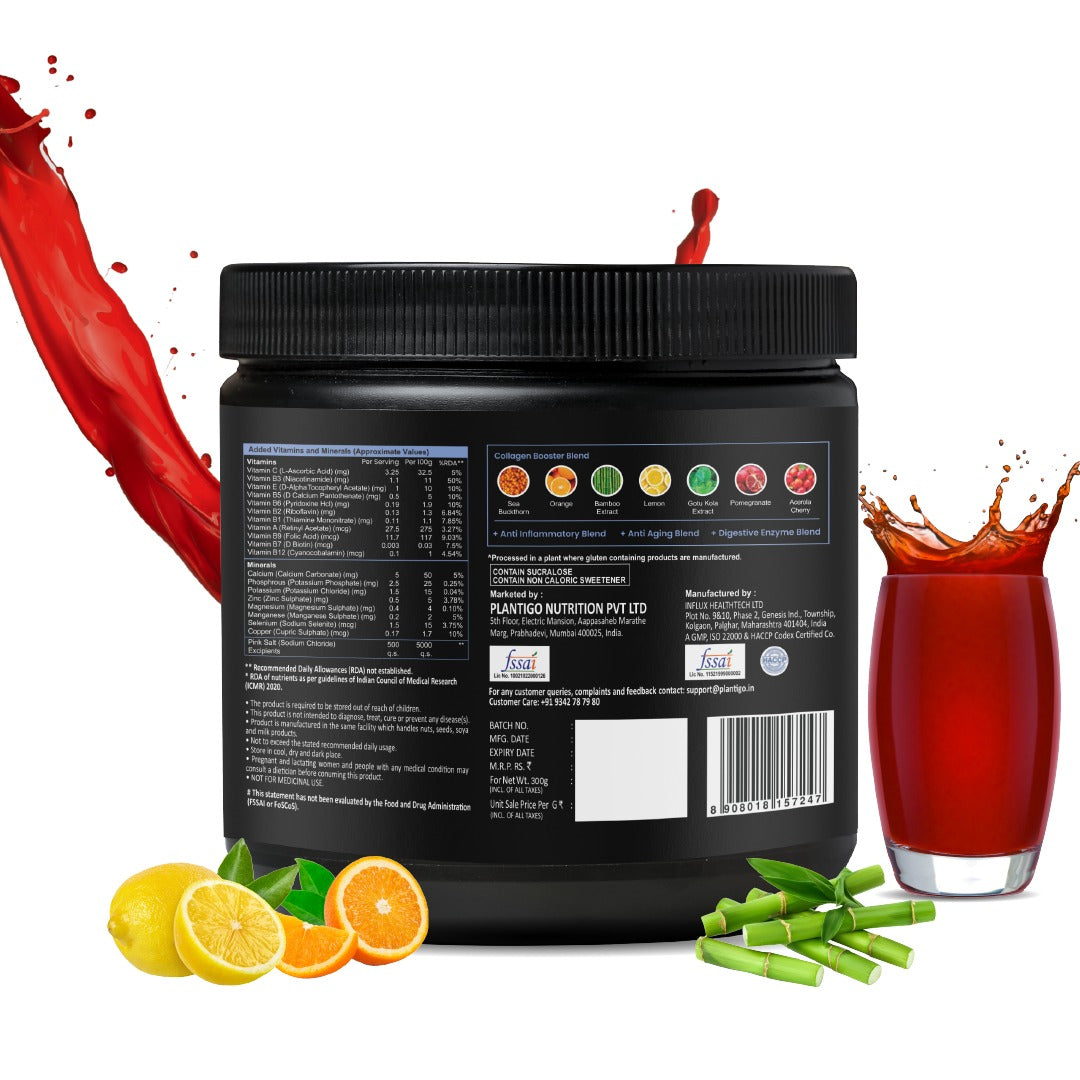Think your chest day is complete with just flat and incline presses? Think again.
If your lower pecs are lagging behind while the rest of your chest fills out, you’re not alone. It’s one of the most common weak spots—even among seasoned lifters. But there’s one powerful movement that often gets overlooked in chest workouts and could be the missing piece in your muscle-building puzzle: the decline bench press.
This underrated lift targets the lower pectorals—helping you build that coveted “chest shelf” while easing shoulder strain. By adjusting your body angle, the decline bench press shifts focus to the sternal head of the pecs, giving your upper body a more sculpted, balanced look.
In fact, studies have shown that the decline bench press activates the lower pectoral muscles more effectively than both the flat and incline press, making it a valuable addition for full chest development.
Whether you're trying to bust through a plateau or fill in that lower chest gap, mastering the decline angle is a game-changer. Let’s dive into the top 5 decline bench press variations that will transform your chest training and fast-track your gains.
1. Decline Barbell Bench Press
The standard decline bench press using a barbell is a foundational movement for anyone looking to build strength and mass in the lower chest.
How to perform it:
-
Secure your feet under the pads of a decline bench.
-
Grip the barbell just outside shoulder width.
-
Lower the bar to just below the nipple line.
-
Push it back up, focusing on chest contraction.
This variation allows for heavy lifting, making it perfect for progressive overload. Pair this movement with high protein foods like lentils and legumes post-workout to support muscle recovery and growth.
2. Decline Dumbbell Bench Press
The dumbbell decline bench press offers an excellent range of motion, helping to activate more muscle fibers. Each arm works independently, which is helpful for correcting imbalances.
Why it’s effective:
-
Greater stretch at the bottom
-
Improves balance and symmetry
-
Engages stabilizer muscles
Include this variation on your push day. For better performance, ensure your diet includes sufficient vitamin B12 vegetables such as mushrooms, fortified plant-based milks, or nutritional yeast—especially if you’re vegan or vegetarian.
3. Decline Smith Machine Press
For those lifting without a spotter, the decline bench press on a Smith machine is a safe and effective option. It allows you to focus purely on pressing power without worrying about balance.
Benefits:
-
Better control
-
Useful for drop sets and supersets
-
Great for hypertrophy-focused training
This is also a great option if you’re following a keto diet chart Indian style and want to focus on training consistency while managing carb intake. The machine ensures smooth range of motion, so your muscles stay under tension longer—crucial when glycogen levels are lower.
4. Decline Cable Bench Press
The cable-based decline bench press provides constant resistance throughout the lift. That means your muscles work hard during both the lifting and lowering phases.
Execution Tips:
-
Position a decline bench between two low pulley cables.
-
Grasp the handles and lie back.
-
Press upward in an arc, squeezing your chest at the top.
-
Slowly return to the start position.
This variation works well toward the end of your workout. Combine it with light plant protein meals afterward, such as a tofu and quinoa bowl, to repair microtears and promote lean muscle growth.
5. Decline Close-Grip Bench Press
The close-grip version of the decline bench press emphasizes the triceps while still targeting the lower chest. It's ideal for those looking to build pressing power and definition.
How to do it:
-
Grip the barbell just inside shoulder width.
-
Lower it to your lower chest, keeping elbows tucked in.
-
Press back up with control.
Close-grip pressing is a great addition for lifters struggling with lockout strength. For joint support and skin health, nutrients like collagen from natural plant sources or supplements can be useful when training intensely.
Additional Tips for Decline Bench Progress
To truly maximize your chest gains from the decline bench press, smart training isn’t enough—you also need to consider recovery, nutrition, and lifestyle.

-
Consistency & Progression: Log your weights, reps, and sets weekly. The decline bench press benefits significantly from progressive overload. Don’t chase PRs every session, but aim to increase either weight or volume gradually.
-
Smart Recovery: Supporting your muscle and connective tissue with natural ingredients like groundnut (peanuts) is helpful. They're rich in protein, healthy fats, and vitamin E—important for muscle repair.
-
Fuel the Growth: Your body needs adequate nutrients to grow muscle. If you’re working on plant-based nutrition, a plant based protein powder can conveniently help meet your protein goals. Combine this with whole fiber foods such as oats and chia seeds to aid digestion and absorption.
-
Vegan Muscle Gains: Yes, vegans can absolutely build a strong chest. Just remember to include vegan protein sources like beans, lentils, nuts, and fortified plant milks in every major meal. This ensures you're getting the amino acids needed for muscle synthesis.
Structuring Your Chest Day with Decline Variations
A study evaluated the effectiveness of common chest exercises using electromyography (EMG) to measure muscle activation. The research identified the barbell bench press, pec deck machine, and cable crossovers as top performers for activating the pectoral muscles
Based on these insights, here's an adjusted chest workout routine:
Example Chest Day Routine:
-
Flat Bench Press – 4 sets x 8-10 reps
-
Decline Barbell Bench Press – 4 sets x 6-8 reps
-
Decline Dumbbell Press – 3 sets x 10-12 reps
-
Decline Cable Press – 3 sets x 12-15 reps
-
Chest Dips or Decline Close-Grip Press – 3 sets to failure
Ensure you warm up properly before starting your routine. Cool down with light stretching and deep breathing to aid recovery.
Conclusion
The decline bench press is one of the most effective, yet most underutilized, exercises in chest development. Whether you prefer barbells, dumbbells, machines, or cables, there’s a variation to fit every fitness level and training goal.
Rotate these five powerful variations to challenge your muscles in new ways, improve symmetry, and grow a balanced, defined chest. Don’t forget to complement your training with a solid nutrition plan that includes high protein foods, fiber foods, and occasional support from a clean plant based protein powder.
With the right combination of technique, consistency, and dietary support, the decline bench press can be your secret weapon in carving out a chest that truly stands out—on the beach or in the gym.





